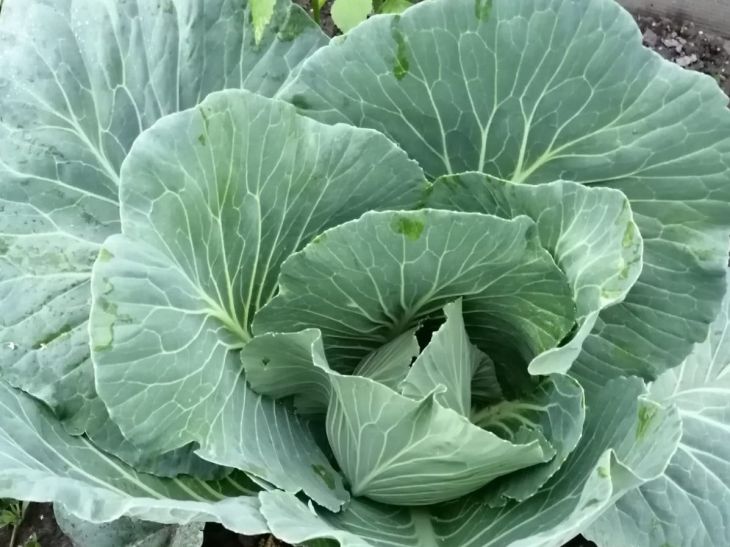Slugs from cabbage will crawl into this trap themselves: you need to lay it out and wait a little
During the day, slugs hide under lumps of soil and other secluded places, and at night they crawl out of their shelters and feed on cultivated plants.
They creep onto vegetable crops from the side of boundaries, ditches, weeds, forest edges and perennial grass crops.
In cloudy and rainy weather, slugs can attack crops during the daytime. Carrots, beets, peas, potatoes, and cabbage are of interest to pests.
Slugs leave holes and wet marks on cabbage leaves. After the pest invasion, there is no talk of a good harvest.
Therefore, it is important to deal with the problem at an early stage, when slugs have just appeared in the garden.

It is not worth poisoning both pests and plants with chemicals. There is a simpler and safer way to get rid of slugs.
Instead of spraying, you can make a trap in which all the gastropods will end up. Many experienced gardeners recommend an economical and effective method.
The trick is connected with the behavior of slugs. The pests hide nearby until they eat the plants.
Therefore, you can lay out boards and slate next to the bed. The gastropods will definitely crawl under them. All that remains is to turn over the boards and slate and collect the pests from them.
